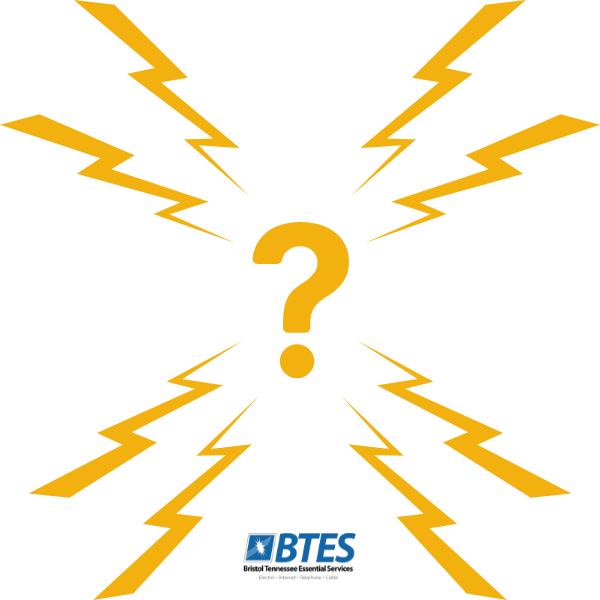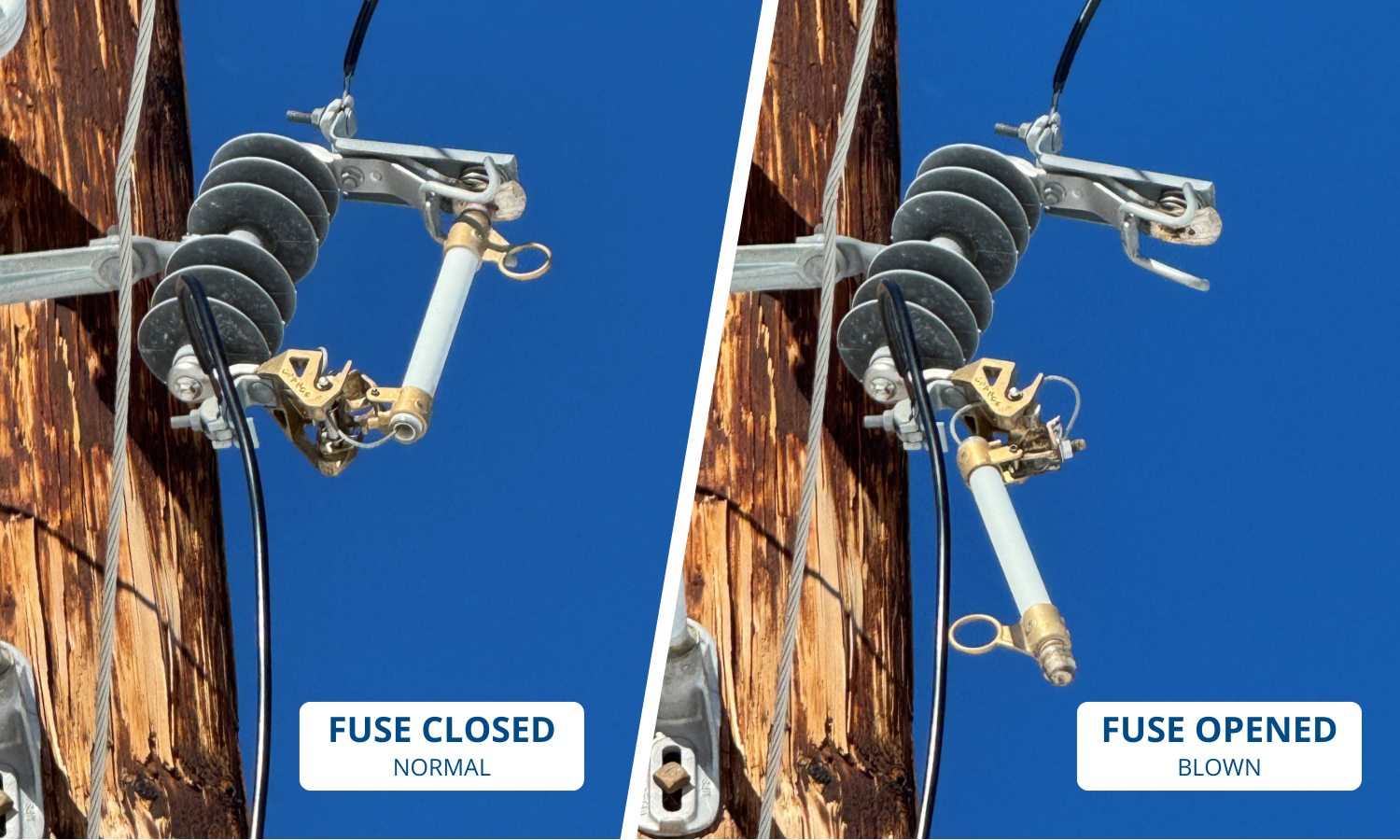What was that Noise?
Wednesday January 22, 2025
When a power outage occurs, it’s not uncommon to hear a loud noise or boom. Many people might say a “transformer blew,” but that’s typically not the case. What you’re likely hearing is a fuse in action – a crucial safety and reliability device designed to protect equipment.
What Really Happens During an Outage
Electric transformers are essential components in our power grid, stepping down high-voltage electricity to a lower voltage that homes and businesses can use. Contrary to popular belief, these transformers don’t typically “blow” in the way that term suggests. Instead, the loud noise is typically caused by a fuse.
The Role of a Fuse
A fuse is a protective device placed on power lines to safeguard both the line and the equipment. It’s designed to “blow” or “open” under certain conditions – namely, when there’s an electrical fault or overload. This act of blowing/opening is actually a controlled and beneficial action. When a fuse blows, it breaks the circuit, stopping the flow of electricity and preventing further damage.
Why the Noise?
The sound you hear is often described as a "pop," "bang," or even a "shotgun blast." This happens because the sudden release of energy can create a loud sound.
The Fuse’s Function
By blowing/opening, the fuse isolates the problem to a smaller section of the power line which limits the outage, when possible, to the smallest number of customers impacted. It’s a vital safety feature that ensures a larger scale issue does not occur, making our electrical system safer and more reliable.
Transformers Aren’t at Fault
So, when you hear that loud sound, rest assured that it is most likely a fuse, not a transformer malfunctioning. The fuse is preventing further damage and helping to localize the issue.
So, while it might sound alarming, the loud boom you hear during a power outage is likely a fuse performing its essential protective role. It’s a testament to the safety mechanisms in place to protect our power grid and customers.

Get the latest to your inbox!
Enter your email below.
